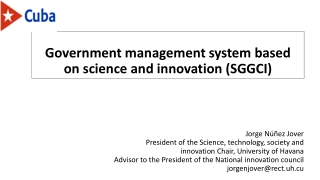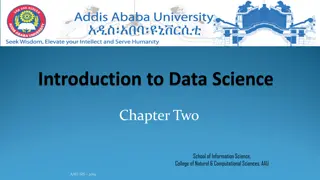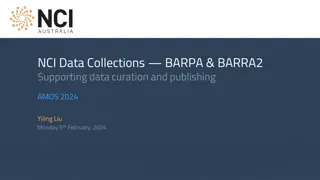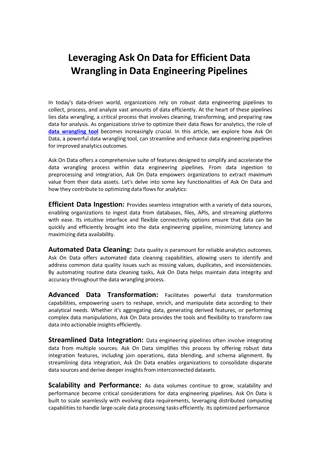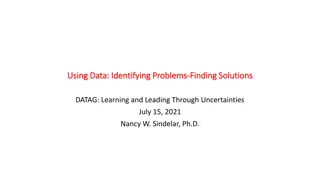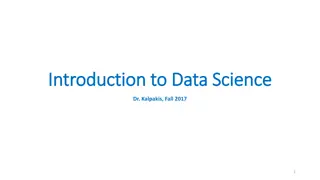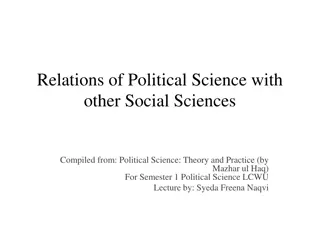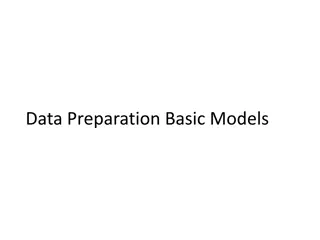
Sentiment Analysis in Data Science and Business Schools
Explore how sentiment analysis using natural language processing is utilized in data science research within business schools to extract valuable insights from user-generated content on online platforms. Learn about the tools and techniques employed for classifying perceptions and attitudes effectively.
Download Presentation

Please find below an Image/Link to download the presentation.
The content on the website is provided AS IS for your information and personal use only. It may not be sold, licensed, or shared on other websites without obtaining consent from the author. If you encounter any issues during the download, it is possible that the publisher has removed the file from their server.
You are allowed to download the files provided on this website for personal or commercial use, subject to the condition that they are used lawfully. All files are the property of their respective owners.
The content on the website is provided AS IS for your information and personal use only. It may not be sold, licensed, or shared on other websites without obtaining consent from the author.
E N D
Presentation Transcript
Data Science and the Business School Sentiment Analysis Dr Chrysostomos (Tommy) Apostolidis chrysostomos.apostolidis@durham.ac.uk
Online platforms (such as blogs, websites, online communities and social media) are a rich source of user data. The volume and the quality of the data, the structured and unstructured elements within the data and the type of content uploaded (e.g. text, images, videos) provide significant challenges in the compilation of data into information and insights Machine learning can be used to ascertain consumer perceptions, attitudes and opinions through user generated content
In our work we used Sentiment analysis as part of our investigation using an Artificial Intelligence (AI) approach more commonly known as Natural Language Processing (NLP) Sentiment analysis is a classification technique to ascertain perceptions and attitudes as a positive of negative construct We use a corpus-based WordNet tool within Python to help analyse the data Sentiment analysis works well with AI in producing models and algorithms which can ascertain intent within opinions in real time


